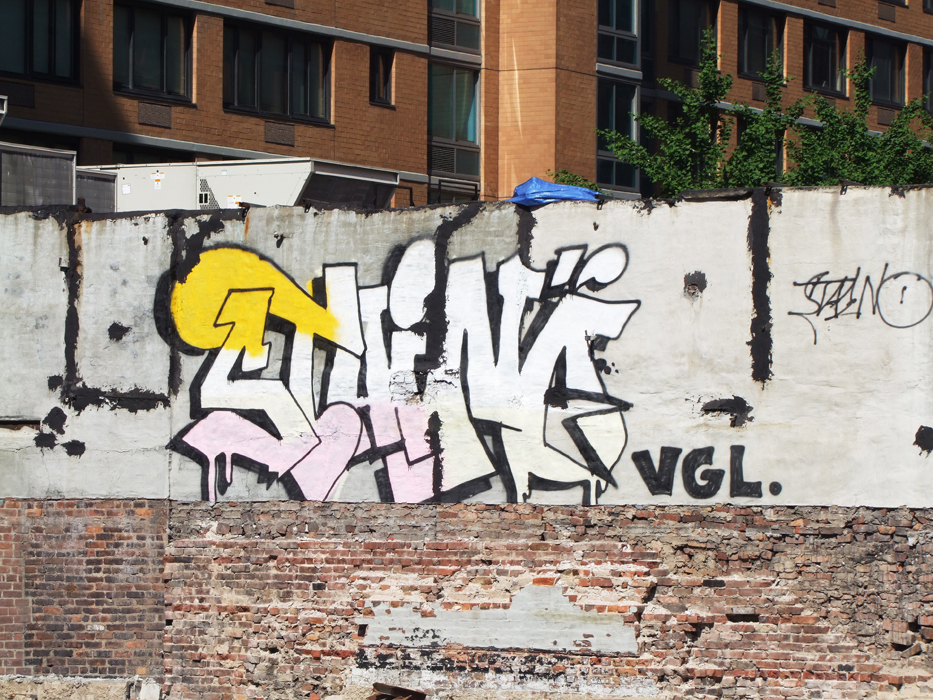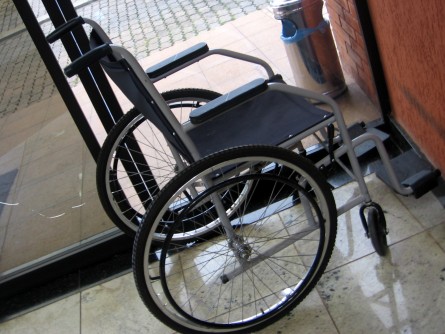In the summer issue of City Journal, Kay Hymowitz gets beyond the hype about the newly gentrifying neighborhood of Bedford Stuyvesant. The article is not online yet but it is well worth getting a copy of the magazine.
Hymowitz begins with the history of the neighborhood. Its stately brownstones were originally built for middle-class New Yorkers in the 1880s seeking a little more space:
In 1889, Bed-Stuy’s leading architect, Montrose Morris, built Brooklyn’s first apartment building, the Alhambra, at the neighborhood’s southern end. It was a risky venture: the aspiring middle class tended to equate apartments with tenements. But Morris’s extravagant Romanesque and Queen Anne pile boasted nine-room apartments with maids’ quarters, as well as a croquet court in the garden.
The building spree that followed provided many of the city’s most architecturally interesting and attractive single-family homes.
The neighborhood subsequently fell into disrepair. Bed-Stuy received a significant portion of the influx of the Great Migration from the South. By 1950, Hymowitz writes, it was 55 percent black. By 1960, that number rose to 85. Meanwhile the area was becoming increasingly impoverished. Banks were refusing to lend. Public services went downhill rapidly—from sanitation to police to schools.
The neighborhood always had a black middle class and now, thanks to the lack of any affordable housing elsewhere in New York, more middle-class young people are moving in. There are some trendy restaurants and bars.
But the neighborhood has some significant hurdles before it is going to become a real contender for young professionals looking to raise kids in New York. For one thing, there is safety. As Hymowitz points out, its crime statistics, while down significantly, remain among the city’s worst. She interviews one couple who moved there—a high school teacher and his wife, a publicist. They were awakened by shots in the neighborhood shortly after the birth of their daughter. He tells her, “We were paying the rent of an upper-echelon neighborhood but had none of the security.”
Even if Bed-Stuy can experience the kind of safety that other New York neighborhoods have come to expect since the advent of Broken Windows policing, there would still be the issue of education. Hymowitz notes that gentrification is unlikely to improve the local schools. Sixty percent of neighborhood students don’t read at grade level, the local middle school has such a low graduation rate that 15- and 16-year olds are common there. And one of the high schools is in the bottom 5% of schools in New York State.
Opponents of sprawl and boosters of the urban life regularly wonder why more families don’t stay in the city. In a piece in the same issue of City Journal called “The Childless City,” Joel Kotkin and Ali Modarres offer an extensive examination. As they write, “What families need is more affordable urban neighborhoods with decent schools, safe streets, adequate parks—and more housing space.” Bed-Stuy is starting to check off more of those boxes, but it’s still got a long way to go.






